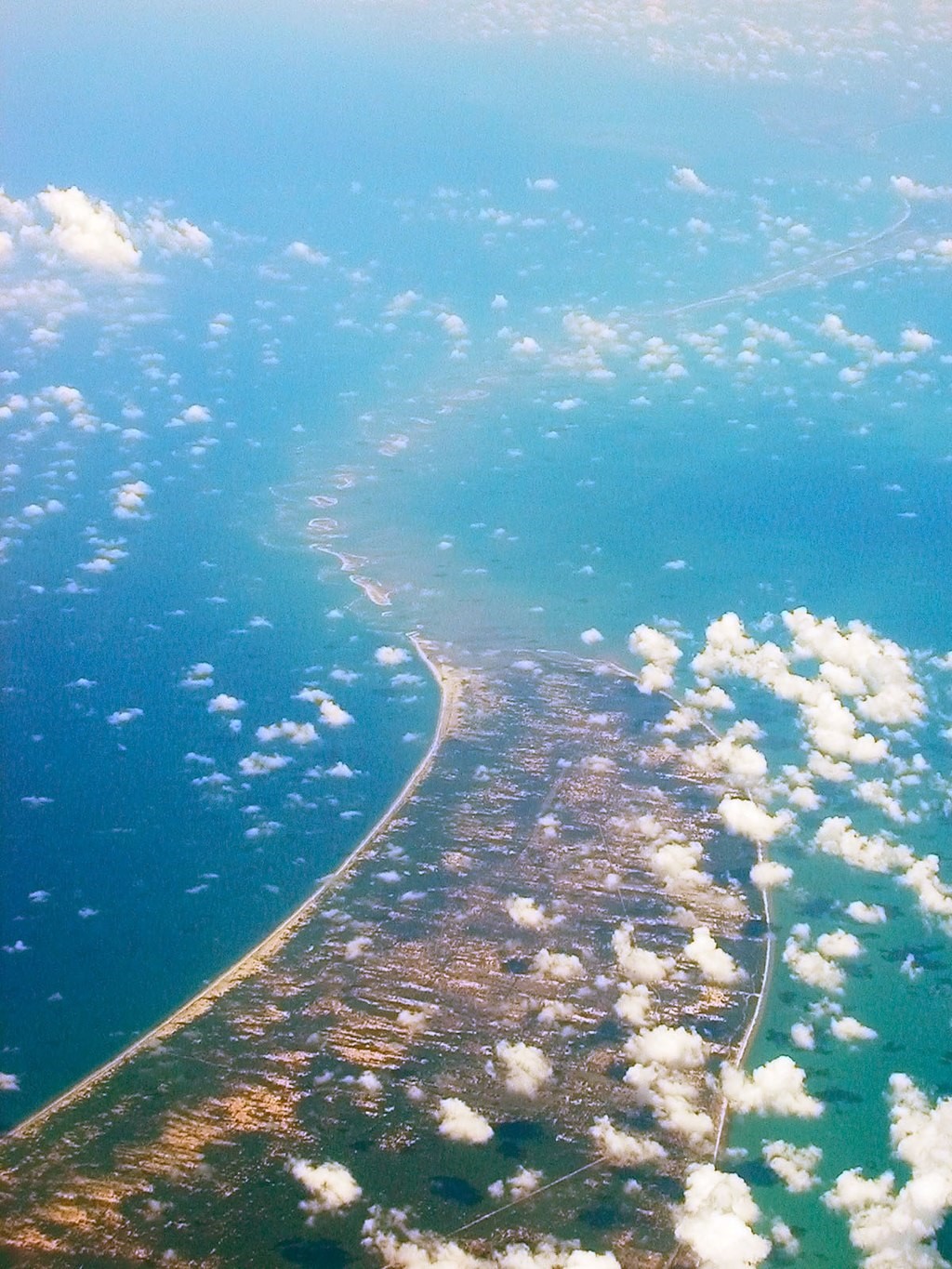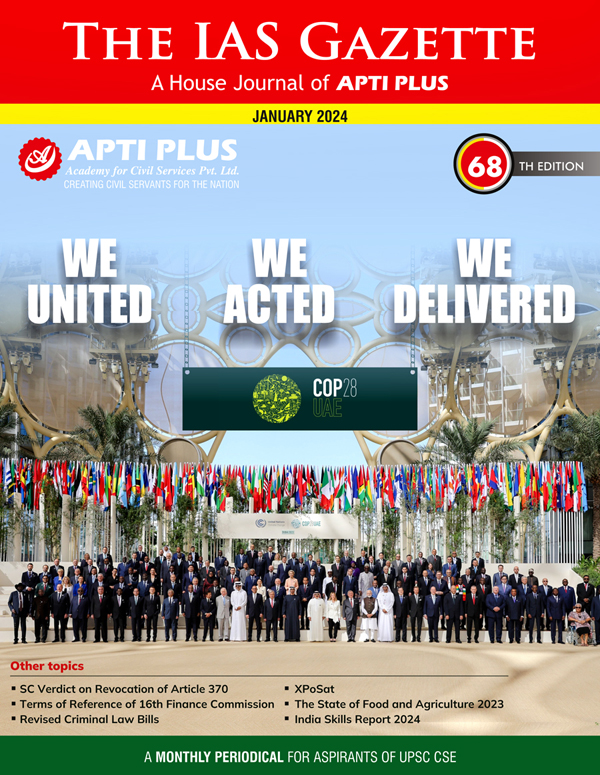Description

Disclaimer: Copyright infringement not intended.
Context
The Prime Minister, Shri Narendra Modi today visited Arichal Munai, the starting point of the Ram Setu.
Details
- Adam's Bridge (Rama Setu), also known as Rama's Bridge, is a natural formation consisting of limestone shoals that stretch for 48 km between Pamban Island (Rameswaram Island), off the southeast coast of Tamil Nadu, India, and Mannar Island, off the northwest coast of Sri Lanka.
Name Origin
- Ibn Khordadbeh's Kitāb al-Masālik wa-l-Mamālik referred to it as "Set Bandhai" or "Bridge of the Sea."
- Al-Biruni's Tārīkh al-Hind (c. 1030) introduced the name "Adam's Bridge," associating it with the Islamic belief that Adam crossed to peninsular India after being expelled from the Garden of Eden.
Ramayana Connection
- The ancient Sanskrit epic Ramayana mentions a bridge constructed by Lord Rama to reach Lanka and rescue his wife Sita from Ravana.
- The bridge is popularly known as "Rama's Setu" in Hindu belief.
Geological Evolution
- Adam's Bridge is formed by a series of parallel ledges of sandstone and conglomerates, with varying textures.
- Geological evidence suggests it was once a land connection between India and Sri Lanka.
.jpg)
Marine and Water Resources Group Findings
- According to the Space Applications Centre (SAC) of the Indian Space Research Organisation (ISRO), Adam's Bridge comprises 103 small patch reefs.
- Some studies indicate uncertainties about the nature and origin, with discussions on eustatic emergence and local uplift.
Transport Corridor
- Over the last 100,000 years, Adam's Bridge provided intermittent land connection during periods of lowered sea levels.
- Ornithologists cite its role in supporting the vicariance model for speciation in some birds of the Indian Subcontinent.
- Due to shallow waters, Adam's Bridge hindered navigation through the Palk Strait.
- Proposals for a navigable passage date back to British geographer Major James Rennell in the 18th century.
Sethusamudram Shipping Canal Project
- The Sethusamudram Shipping Canal Project, approved in 2005, aims to create a ship channel by dredging the shallow ocean floor near Dhanushkodi, part of Adam's Bridge.
- The proposed channel's alignment requires dredging through Adam's Bridge, leading to debates on its environmental and religious implications.
- Political parties, including the BJP and AIADMK, and Hindu organizations oppose dredging on religious grounds, citing the bridge's identification with the causeway described in the Ramayana.
- Concerns include potential ecological impact, loss of thorium deposits, and increased risk of damage due to tsunamis.
Religious Significance
- The Ramayana describes Lord Rama building the bridge with the help of an army of Vanaras to rescue his wife Sita from Ravana.
- The bridge holds religious significance in Hinduism, although historical accuracy is debated.
- Muslim tradition suggests that Adam crossed Adam's Bridge after his expulsion from the Garden of Eden.
- Rameswaram, located at one end of the Ram Setu, is considered one of the holiest places in India. It is a popular pilgrimage site for Hindus.
- The Ramanathaswamy Temple in Rameswaram is dedicated to Lord Rama and is an essential part of the pilgrimage.
Controversy Over Origin Claims
- Believers in the man-made origin claim reject the natural provenance of Adam's Bridge.
- The Geological Survey of India and NASA have countered these claims, asserting the natural formation of the bridge.
- The Archaeological Survey of India and the government informed the Supreme Court in 2007 that there was no historical proof of the bridge being built by Rama.

Conclusion
In conclusion, Adam's Bridge stands as a geological marvel with deep-rooted religious and cultural significance. The ongoing debates, whether on its natural origin or the proposed canal project, reflect the delicate balance between scientific understanding, cultural beliefs, and environmental preservation.
|
PRACTICE QUESTION
Q. What geological features make up Adam's Bridge (Rama Setu), and how did the proposed Sethusamudram Shipping Canal Project aim to alter this geographical structure?
A. Adam's Bridge is a volcanic archipelago, and the canal project sought to deepen the existing channels for enhanced navigation.
B. The bridge consists of coral reefs, and the canal project aimed to connect the Gulf of Mannar with the Bay of Bengal through a series of locks.
C. Adam's Bridge is primarily composed of limestone shoals, and the canal project proposed dredging the shallow ocean floor near Dhanushkodi to create a ship channel.
D. It is a tectonic plate boundary, and the canal project aimed to construct an underwater tunnel for seamless maritime transportation.
Correct Answer: C.
|
















